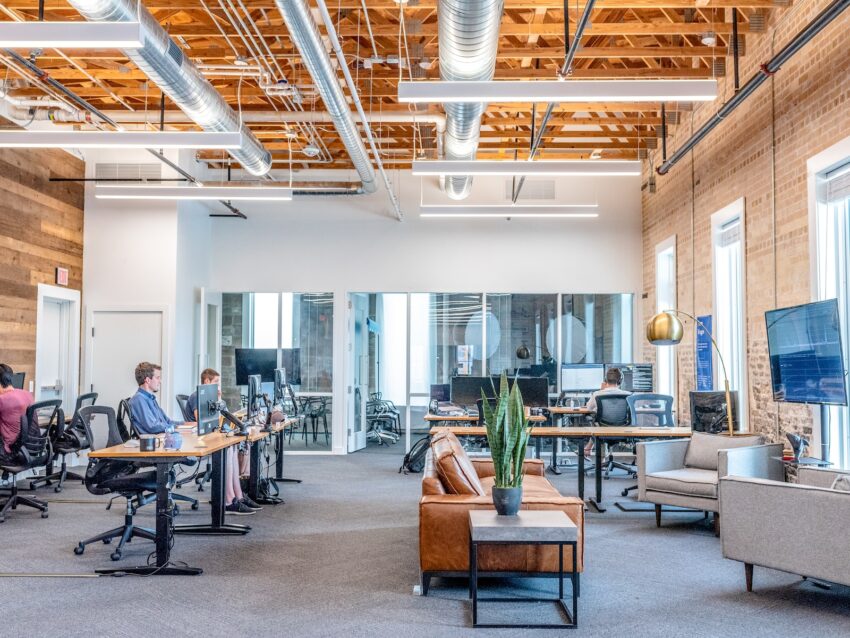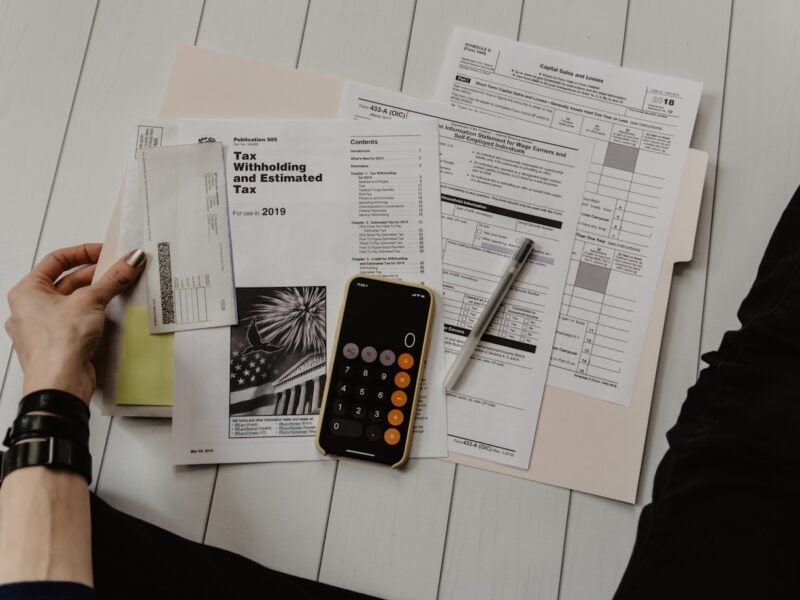Acknowledging company progress is more than just a pat on the back; it’s the heartbeat of a thriving workplace. In the fast-paced rhythm of deadlines and tasks, often, the importance of pausing to celebrate collective victories is forgotten by businesses.
It’s not about grand gestures; it’s about infusing a spirit of recognition into the DNA of a workplace. Navigating the challenges of organizations, discover how these strategies not only boost employees’ morale but also address the sense of their appreciation.
This article explores the significance and the strategies for recognizing and celebrating company milestones.
Why Celebrate Company Milestones?
Celebrating company milestones collectively recognizes the hard work and dedication that employees invest in their roles. When individuals see their efforts acknowledged, it sparks a sense of pride and accomplishment, fostering a positive work culture.
Recognizing and commemorating milestones cultivates a sense of unity and teamwork. It’s a shared moment of triumph that reinforces the idea that every contribution, regardless of size, plays a role in the company’s success. This sense of unity not only enhances collaboration but also boosts morale, contributing to a more motivated and engaged workforce.
Collaborative Vision Board Creation
Instead of relying solely on top-down acknowledgment, this approach involves the entire team visually representing their collective goals and achievements. Employees can share their aspirations and visions for the company’s future through a collaborative vision board. It becomes a tangible representation of the collective dreams and ambitions of the workforce.
According to Indeed, businesses must assess their existing state before taking further action. Quantitative data and quantifiable measurements can be used to achieve this. Identifying certain areas that need development is simpler when one views the history of works using such a view of interpretation. Then, a list of goals should be prepared from which the primary goals will be presented.
It can help develop the vision board, which can result in the professional development of both workers and businesses alike. Organizations can then choose to design the board digitally or manually, depending on their abilities. They should reflect on how they intend to utilize the vision board once it’s finished.
For instance, creating a collaborative dream board utilizing a digital artwork or graphic editor could take less time. Also, it takes less time to share the digital file with their colleagues if they are doing it to collaborate with their remote team. In this approach, organizations bring people to work together to build a board that reflects the group’s collective vision.
Interactive Workshop Series
Rather than traditional methods, interactive workshop series engage employees actively in the recognition process. These sessions can include reflection exercises, team-building games, and open discussions about achievements.
The interactive workshop series serves a dual purpose. It provides a platform for employees to voice their perspectives on the company’s milestones, fostering a culture of open communication and inclusivity. It enables the team to collectively analyze the journey, understand challenges, and strategize for the future.
Employee-Generated Recognition
Employee-generated recognition taps into the unique perspectives of those directly involved in the day-to-day operations. It allows individuals to highlight specific contributions and milestones that might go unnoticed. This decentralized approach fosters a sense of community and mutual support within the workplace.
The employee-generated recognition is not confined to formal channels. It can take various forms, from shout-outs in team meetings to personalized notes of appreciation. This organic and spontaneous acknowledgment not only adds authenticity to the celebration but also reinforces a positive work environment.
Organize Office Lunches
Breaking bread together fosters a sense of camaraderie among team members and provides a relaxed setting for acknowledging achievements. It’s not just about the food; it’s about creating a shared experience beyond work’s confines.
You can efficiently manage diverse choices by leveraging corporate group order services. These services streamline the coordination of large meal orders, providing a convenient way to consider each employee’s preferences. Shared meals enhance team collaboration, fostering unity beyond work tasks.
Celebrate with nourishing meals, promoting employee well-being and reflecting the company’s commitment to a healthy workforce.
According to CaterCow, this method offers a diverse range of culinary options to suit varied tastes within the team. Food based on preference catering to different choices can be made. Utilizing such services adds a layer of convenience to the process without compromising the celebratory atmosphere.
Whether it’s a casual team lunch or a more formal gathering, organizing office lunches can be a delightful way to honor progress. It marks significant milestones in the company’s journey.
Mindfulness and Wellness Sessions
These sessions allow employees to unwind and reflect on their collective successes in a more serene environment. By incorporating elements of mindfulness, such as meditation or relaxation techniques, companies can offer a break from the fast-paced work environment. It can encourage a moment of introspection.
Wellness sessions contribute not only to the physical but also the mental well-being of employees. These sessions serve as a reminder that the company values the overall welfare of its employees, creating a more compassionate and supportive work culture.
Entrepreneur states that it is essential for firms to have effective regulations and monitoring systems for employee well-being. It can be achieved in several ways. One way to do this is by implementing extensive wellness initiatives that motivate staff members to engage in various activities. These include mindfulness seminars, yoga courses, fitness competitions, and health examinations.
Corporate entities can facilitate work-life balance and lower stress levels by providing flexible work arrangements. These include such as giving hybrid choices or varying hours of operation.
Meetings might also be used to discuss employees’ proposals or suggestions to develop a workable solution. These are based on how to include health breaks during their workday.
Surprise Appreciation Days
These impromptu events catch employees off guard, creating an atmosphere of genuine joy and gratitude. The surprise factor adds an element of excitement to the recognition process, making it memorable and distinct from routine celebrations.
The unpredictability amplifies the positive impact, demonstrating that the company values its employees in both planned and spontaneous ways.
Organizing enjoyable activities for the team, such as team-building excursions or business parties, can be a wonderful way to express gratitude. These activities also foster connections. Gallup research states that 57% of American workers report feeling stressed out.
A sizable number of them are also affected by anxiety, anger, and despair. Such stresses can be reduced at work through friendships. Coworkers who are buddies are happier at their jobs and are more inclined to collaborate well. Events hosted by the company might be a great place to build such connections.
In Conclusion
Whether through interactive workshops, surprise appreciation days, or simple office lunches, recognizing progress is key to fostering a positive workplace culture. These strategies go beyond the routine, creating moments that resonate with the team. By acknowledging achievements in unique ways, companies not only honor their progress but also nurture a sense of unity and pride among employees.



